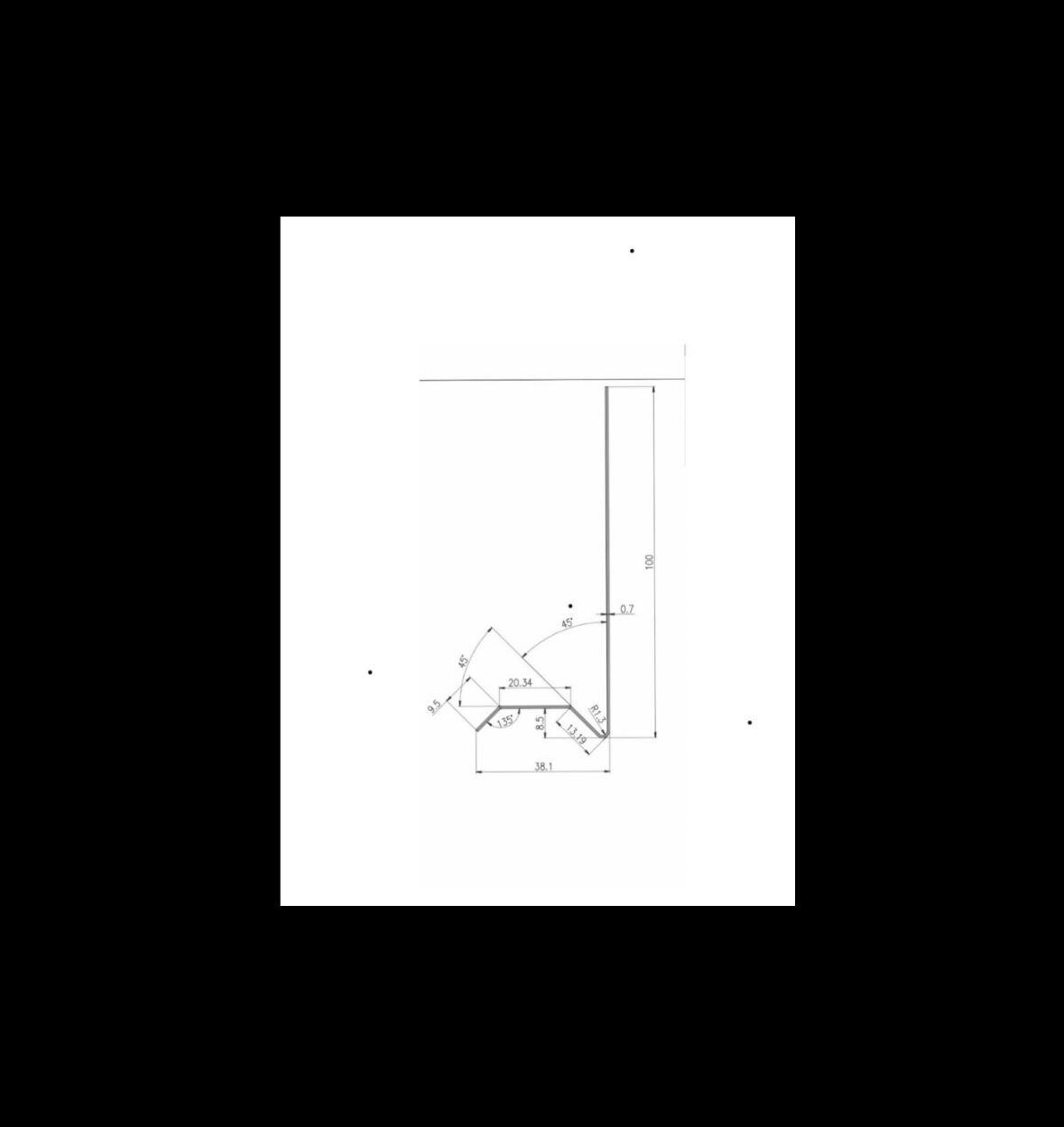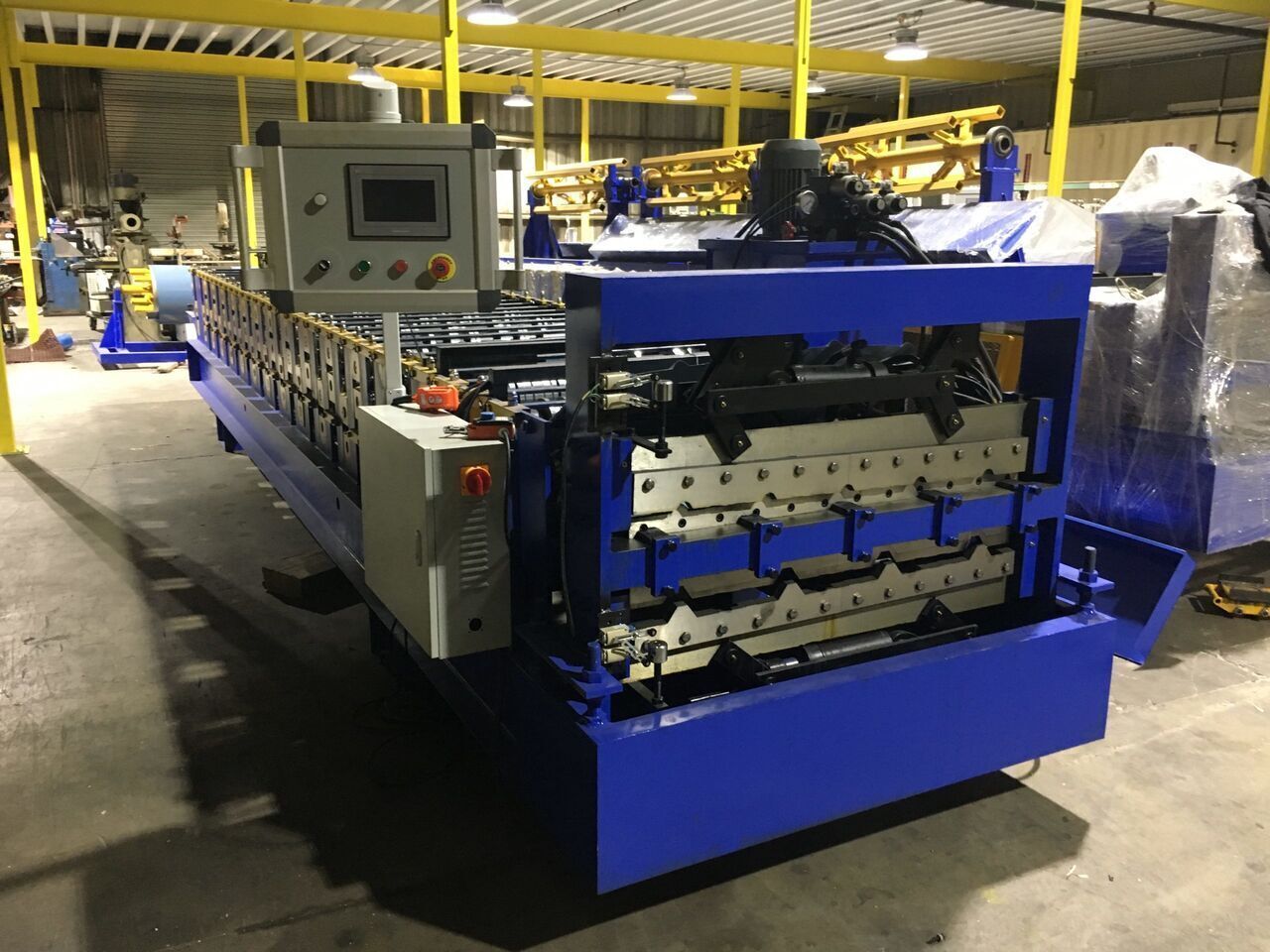
Common pain points of roll forming machines and how to fix them
While investing in a roll-forming machine can be an excellent way to improve productivity and profitability for your business
Posted on Monday, November 28, 2022
As with all devices, roll-formers can occasionally become temperamental. Knowing what to do if something goes wrong with your roll-forming machine means you can take quick action and minimize downtime.
Knowing the common pain points and what to do about them means that if your roll-forming machine stops functioning correctly, you can rectify the problem quickly.
So what are the typical problems you might face when using a roll-forming machine?
Changing material
If you change the material going through the roller dies, you must ensure you have adjusted the dies properly. While roller dies are designed to handle many different material types, improper adjustment can cause many problems.
The fix
Make sure you purchase a roll former that’s fit for purpose from the outset. If you need to use different materials in the machine, communicating this from the start can ensure the adjustment range can handle the materials you want to use. You’ll need to know the material thickness and hardness to purchase a machine that will work for your needs.
Tooling adjustments
The gap must always remain more significant than the material being processed. A gap smaller than the material passed through it can be a sign that the tooling, bearings, or shafts need replacement.
The fix
Check the gap to ensure it is larger than the material. If it is not, consider replacing the rolling, bearings, or shafts. Alternatively, invest in a machine with positive stops, which prevents the gap from adjusting so much that the rollers come into contact. Doing so can increase the longevity of the device and help prevent damage.
End Flare
Both pre and post-cut machines can suffer from end flare caused by the tooling and shears, respectively. On pre-cut lines, flare typically occurs on the lead and tail end of the panel. The profile shape and material yield will affect how bad the end flare is. Incorrect adjustments and tooling, bearings, or shafts that have become worn can also result in end flare.
The Fix
Proper machine maintenance and a correctly adjusted mill should keep end flare to a minimum. It’s also essential to ensure that the material passed through the machine is not harder than it was designed for. Redesigning roller dies or the over or underlap ribs, adding tooling fixtures, increasing the number of forming stations, and switching the coil can all be good fixes too.
Accessory compatibility
Purchasing additional accessories simultaneously as your machine can result in issues if such accessories are incompatible or are of low quality.
The fix
Suppose you wish to integrate a decolier, for example. In that case, providing accurate and detailed information regarding the max line speed, coil range width, and the diameter of both the inner and outer coil is essential. Doing so will ensure the correct expansion range for the mandrel, lift height, cylinder size, and drive train are selected for suitability and compatibility with your machine. If in doubt, enlist the services of a third-party integration company that can help support you in integrating different system components.
Unacceptable tolerances
Panel tolerances that come out outside specification can cause waste and reduce profits. The usual culprits are typically to blame for this, i.e., improper gap adjustment, worn tooling, or the thickness of the material being unsuitable for the machine.
The fix
Panel inconsistencies are an indication that something within the machine has changed. This might be the coil characteristics or machine tooling. Check your coil specifications in the first instance. You can expect good consistency if your coils have the same batch identification (heat number). However, you may need to readjust to compensate and achieve the desired results if they are different.
The above are the most common pain points of roll-forming machines. By choosing a good quality machine from a reputable seller from the outset, these problems should be kept to a minimum and easily fixed should they occur. If you are looking for a quality roll former for your business, browse the range from Roll Forming LLC or get in touch with our customer team today.
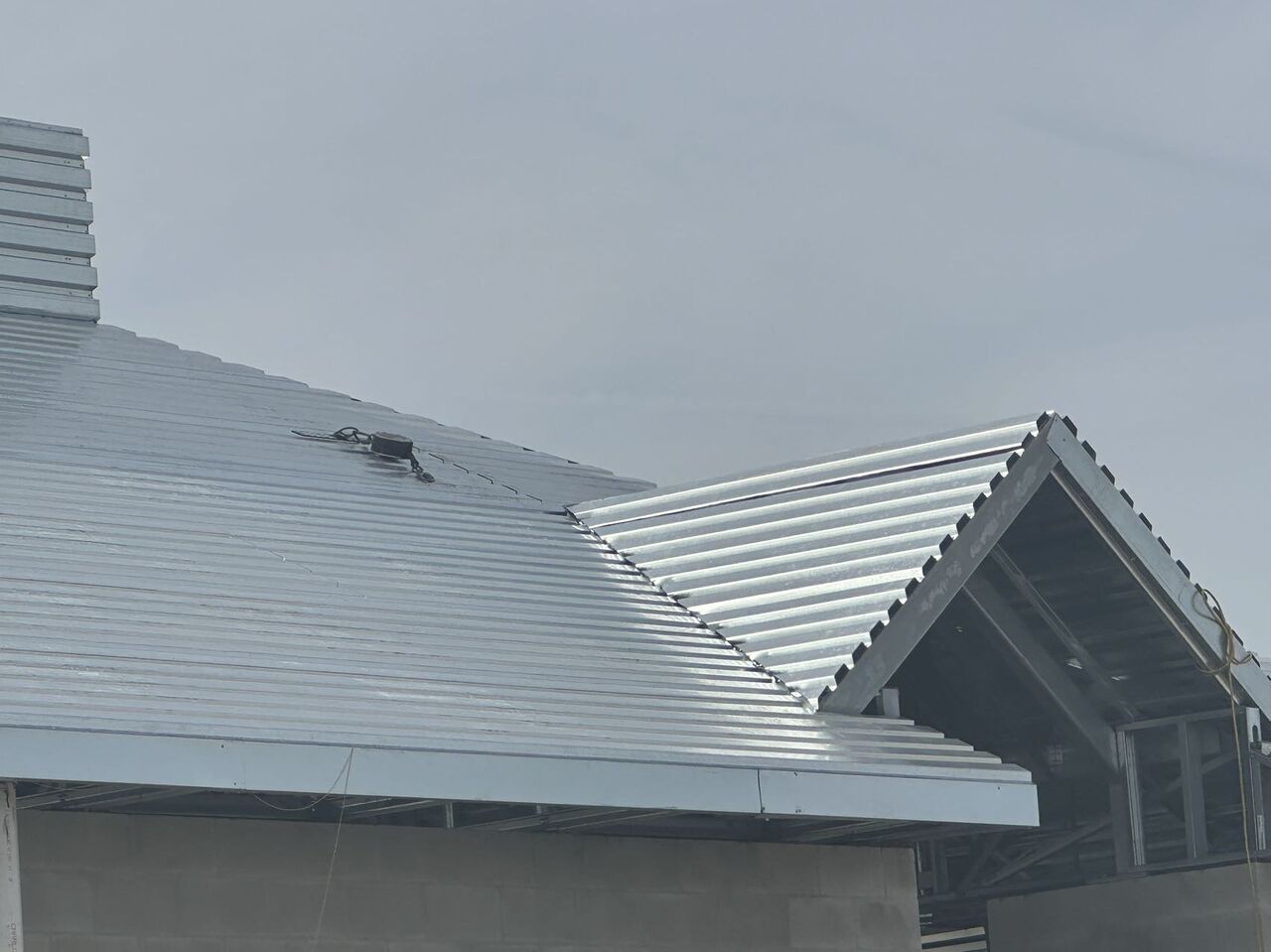
Posted on Thursday, January 4, 2024
B Deck is a common choice, there are other types of steel roof decks, such as A Deck, F Deck, and N Deck
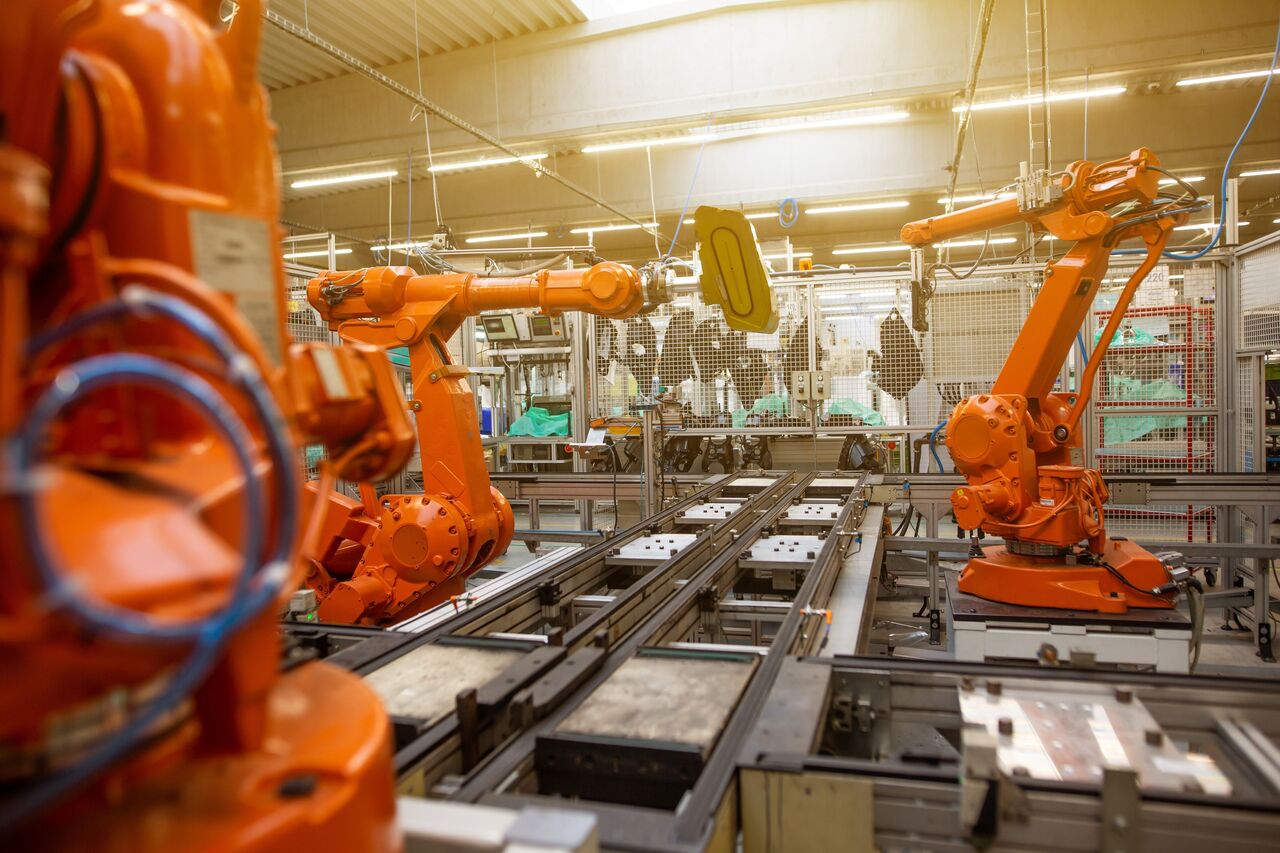
Robotics and AI in sheet metal forming
Posted on Thursday, December 7, 2023
Robotics and AI in sheet metal forming offers numerous benefits, including increased efficiency, improved product quality
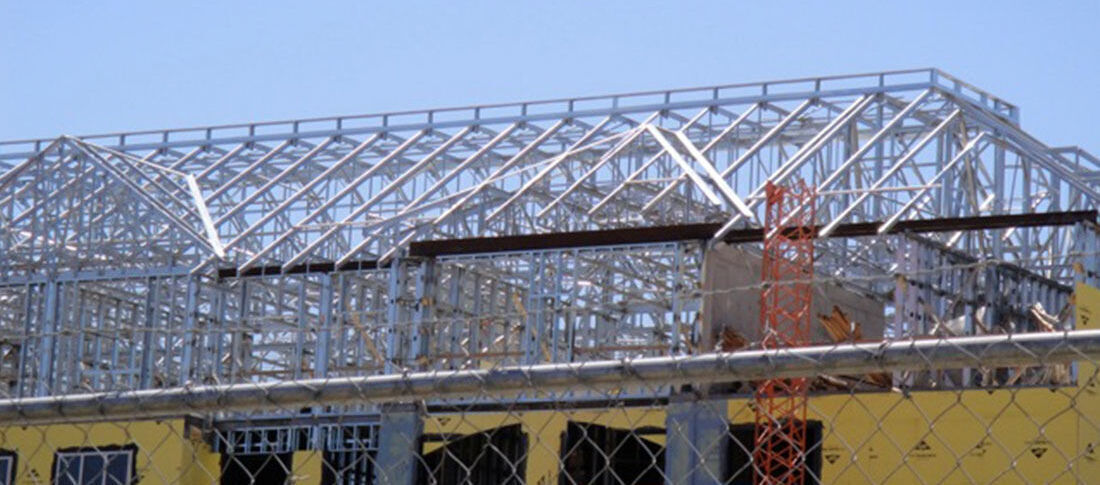
What is the history of roll forming machine?
Posted on Tuesday, November 28, 2023
Here is a brief history of the roll forming machine
